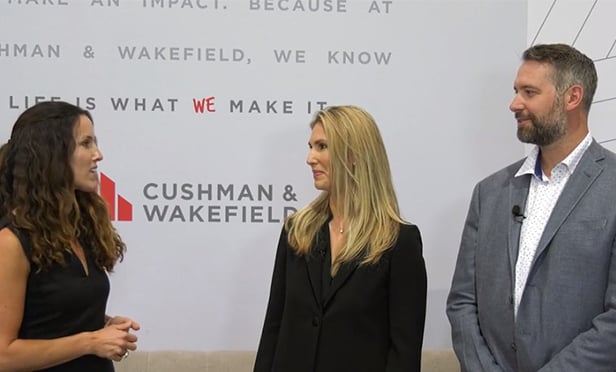ORANGE COUNTY, CA—Many older class-B industrial buildings are grade level, which allows vehicles to drive through them loaded with parcels, and these assets typically have more land, which allows for vehicle staging, Rick Ellison, executive managing director, industrial brokerage & global supply-chain solutions for Cushman & Wakefield, tells GlobeSt.com.
The firm recently released its Q4 Orange County industrial report, in which Mike Adey, a senior associate with C&W's industrial capital markets and brokerage in Orange County, said, “Orange County industrial market fundamentals have never been stronger. The county is experiencing never before seen vacancy rates at just 2% at year-end 2016, coupled with historic high levels in lease rates—even surpassing peak rents from the previous cycle—while leasing activity remains robust despite scarce supply. There is tremendous demand from occupiers for industrial space, but insufficient supply to meet tenant demand. With a lack of available land for new development, entitlement issues and rising costs, the region also has significant barriers to entry for new industrial product, thereby exacerbating supply constraint.
Adey continued, “In cities such as Irvine, Tustin and Costa Mesa we are generally seeing a rising trend in the transformation and upgrade of older industrial product into more functional and modern, high-quality space to better compete in the marketplace. However, we are not yet really seeing this occur in all areas of Orange County. We think final mile e-commerce-oriented tenants will utilize some of these older buildings, despite their functionality flaws, simply based on their locations that are becoming more and more critical to their evolving business models.”
We spoke with Ellison about the repositioning of older industrial properties in satisfying last-mile delivery demands throughout Orange County.
Recommended For You
Want to continue reading?
Become a Free ALM Digital Reader.
Once you are an ALM Digital Member, you’ll receive:
- Breaking commercial real estate news and analysis, on-site and via our newsletters and custom alerts
- Educational webcasts, white papers, and ebooks from industry thought leaders
- Critical coverage of the property casualty insurance and financial advisory markets on our other ALM sites, PropertyCasualty360 and ThinkAdvisor
Already have an account? Sign In Now
*May exclude premium content© 2025 ALM Global, LLC, All Rights Reserved. Request academic re-use from www.copyright.com. All other uses, submit a request to [email protected]. For more information visit Asset & Logo Licensing.









